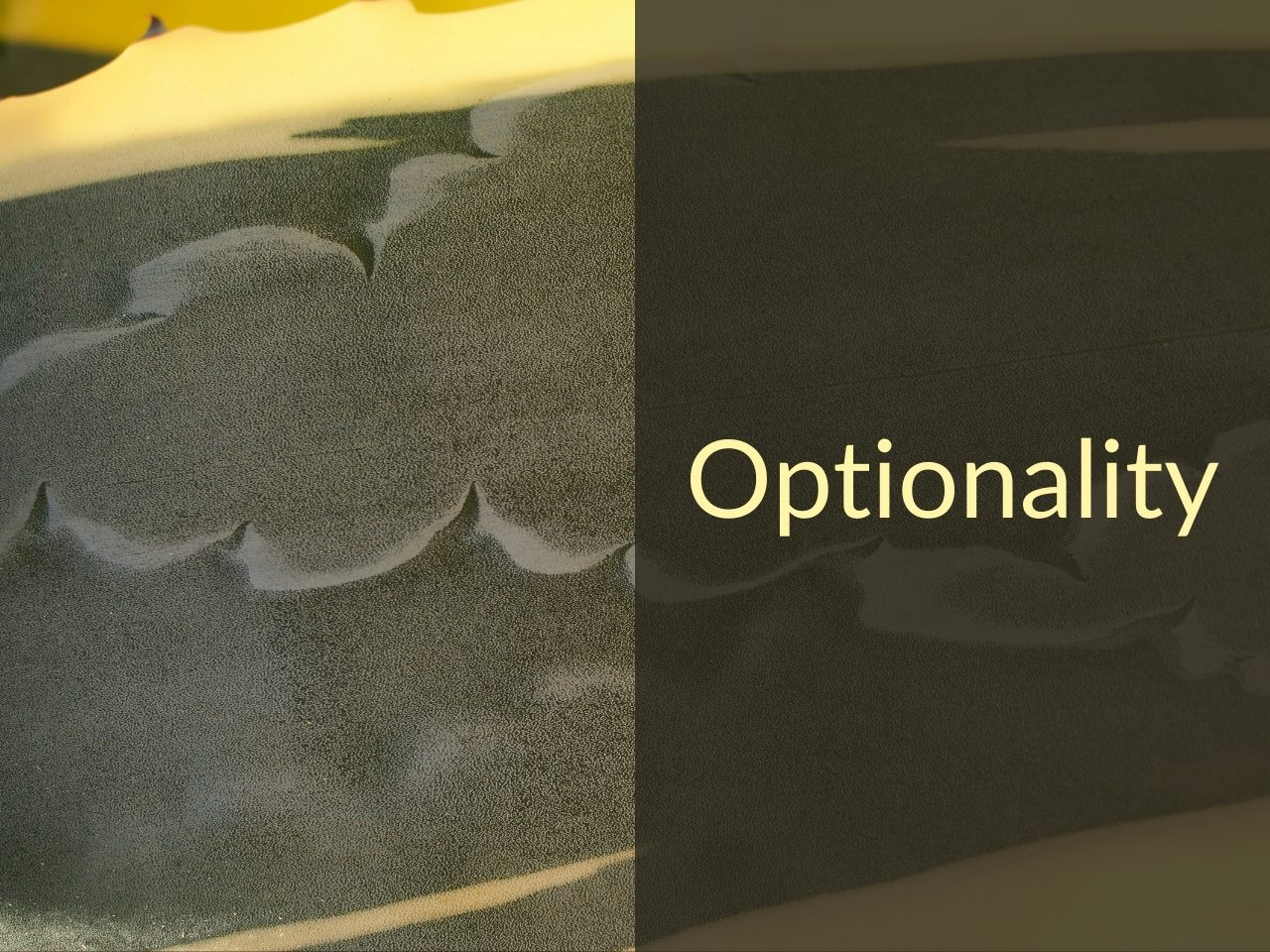In this episode, we explore the concept of optionality—how small, strategic decisions can lead to outsized rewards with limited downside risk. From ancient philosophy to modern financial strategies, discover how recognizing and seizing options can unlock opportunities in both life and investing.

Topics covered include:
- How call and put options work
- The difference between American and European style options and why it matters
- Why options are positively skewed
- Examples of using optionality in business and life
- Why it can be challenging to commit when an option is “in the money”
Show Notes
Antifragile by Nassim Nicholas Taleb—Penguin Random House
Episode Sponsors
Shopify – Sign up for a $1 per month trial period
NetSuite – Download the CFO’s Guide to AI and Machine Learning
Related Episodes
482: Unlocking the Power of Positive Skewness: Strategies for Investing, Business, and Creativity
268: How To Better Manage Risk
Transcript
Welcome to Money for the Rest of Us. This is a personal finance show on money, how it works, how to invest it, and how to live without worrying about it. I’m your host, David Stein. Today is episode 492. It’s titled, “The Power of Optionality. Small Bets, Big Payoffs.”
What Are Financial Options
On Money for the Rest of Us, we have discussed options in the past, but usually financial options, such as call options or put options on stocks. But there’s other types of options, and particularly options outside of the financial markets. Options are something where you pay a premium, a small payment for the right, but not the obligation to exercise that option.
With a financial option, typically there is an asymmetrical payoff. The upside is much greater than the downside because the downside is limited to the premium paid.
An Early Example of a Financial Option
One of the first examples of financial options is found in Politics by Aristotle. In that volume, Aristotle shares the story of Thales of Miletus. Thales was a philosopher, but he didn’t have much money, because he spent time on other things, and people would badger him and not listen to some of his thoughts because he wasn’t very wealthy. So Thales decided he was going to make some money. One winter, he predicted that there was going to be a bountiful olive harvest that summer, and Aristotle suggests it was Thales’ knowledge of astronomy that allowed him to make that prediction.
Thales went all around the area and put deposits down on the olive presses, and that secured him the right to use all of those presses that summer. He had an option. He had the right, but not the obligation, to use the olive presses. It was a bountiful harvest, and Thales leased out the olive presses at very high rates, because there was such demand, and made a lot of money. In this example, the downside was just the deposit that he put. That’s all he would have lost, the premium. The upside was the profits from leasing this out.
I have a friend that would do this in real estate. He would buy options for the right, but not the obligation, to purchase a piece of property, and he would have the right of first refusal. And so he would put down that option, and then he’d go find a buyer for the piece of property, and then make the profit.
Call and Put Options
In the stock market, we’re most familiar with call options and put options. A call option gives you the right to purchase a stock at a specific price. That price is called the strike price.
For example, if you bought a call option on Apple stock, you think Apple was going to go above a certain level, if the stock did go above that level, it exceeded the strike price, you could buy that stock, the Apple stock, at a lower price, and sell it at a higher price. In reality, once that option gets in the money and it’s above the strike price for a call option, you could just close out by reversing the purchase; essentially, selling the call option that you just bought and lock in the profit.
A put option—similar, but it gives you the right to sell a security at a specific price. If the security falls below the strike price, you can buy the security in the market at the lower price, and then sell it at your predetermined higher price, the strike price. In reality, again, that just would close out the put option.
For a call option and a put option, the profit is the difference between the market price either above for a call option, or below the strike price for a put option. It’s that difference less the premium paid.
As a Money For the Rest of Us Plus member, you are able to listen to the podcast in an ad-free format and have access to the written transcript for each week’s episode. For listeners with hearing or other impairments that would like access to transcripts please send an email to team@moneyfortherestofus.com Learn More About Plus Membership »
